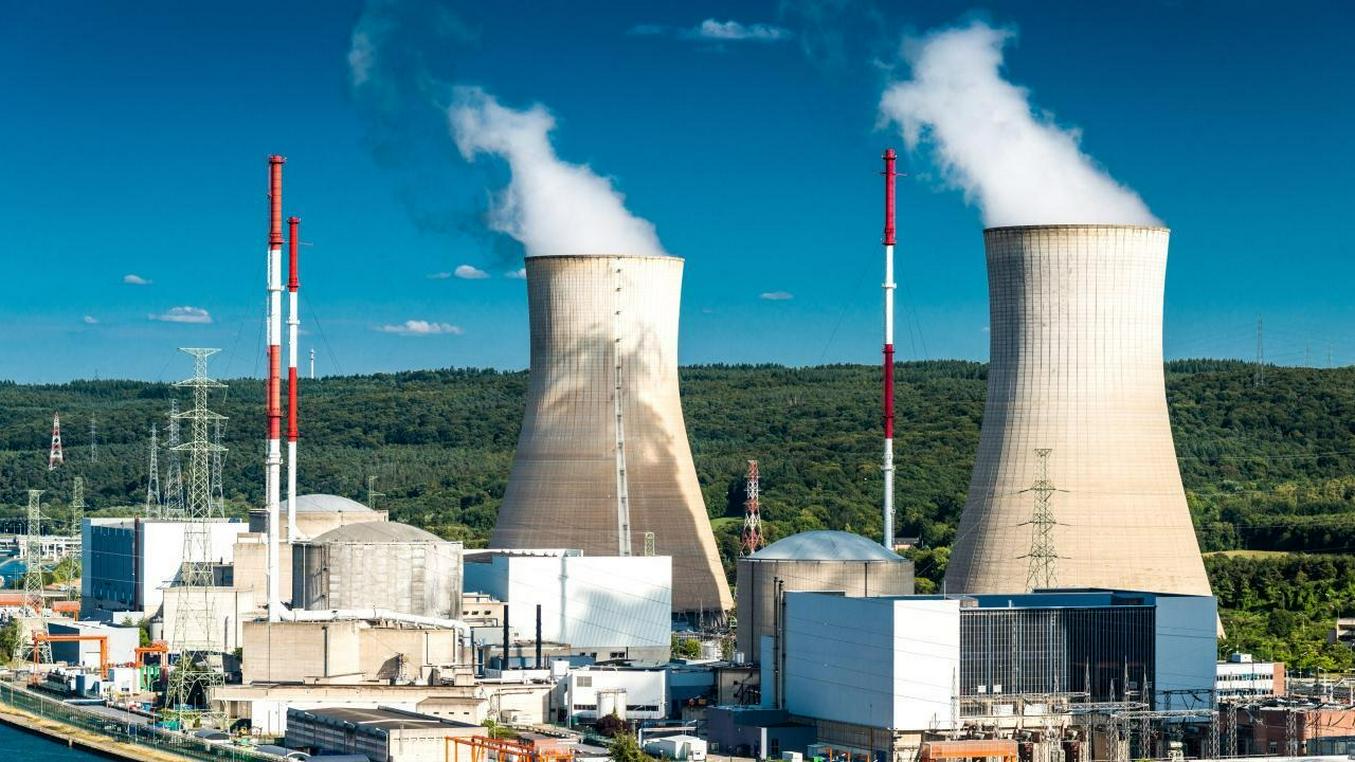The Russian company Rosatom has been selected to lead the consortium for the construction of Kazakhstan’s first nuclear power plant, the country’s Atomic Energy Agency announced on June 14. While the full composition and operational structure of the consortium remain unclear, the agency’s head, Almasadam Satkaliyev, promptly stated that Kazakhstan is already planning to build a second nuclear power plant—adding that the Chinese state corporation CNNC may become the main partner in that project. “Fergana” explores how many nuclear plants Kazakhstan would need to build to satisfy everyone.
For over three years, Kazakhstan had been weighing its options for who should build the republic’s first nuclear plant. A shortlist of candidates—China’s CNNC, South Korea’s KHNP, Russia’s Rosatom, and France’s EDF—was finalized back in 2022 and remained unchanged since. Ultimately, an interagency commission on nuclear sector development concluded that Rosatom’s proposal was “the most advantageous and optimal,” as officially announced on June 14. The selection criteria, however, were not disclosed to the public.
The second-place runner-up was China’s CNNC. Proposals from France’s Électricité de France and Korea Hydro & Nuclear Power shared third.
Rosatom proposed equipping Kazakhstan with its Generation III+ VVER-1200 reactors. According to the Russian firm’s head, Alexey Likhachev, the design “combines time-tested engineering solutions with cutting-edge active and passive safety systems developed in strict accordance with international safety standards.” Four such units are currently operating in Russia, with two more in Belarus. “This technology has also been chosen by our partners in Hungary, Egypt, Turkey, Bangladesh, and China,” Likhachev said.
Of the four bids reviewed by Kazakhstan, only France’s EDF—besides Rosatom—offered Generation III+ reactor units. EDF proposed EPR-1200 (European Pressurized Reactor) units to Astana. However, this version has yet to be put into operation anywhere, unlike its more powerful predecessor, the EPR-1600. China and South Korea submitted proposals featuring Generation III reactors. China’s bid was reportedly the most affordable—at 20 billion yuan (approximately $2.8 billion) per unit—and the fastest to build, with a five-year completion timeline. However, Russia’s offer to provide financing through a construction loan appears to have been a decisive factor.
“At present, under Rosatom’s proposal, the possibility of securing state export financing from the Russian Federation is under consideration,” Kazakhstan’s Atomic Energy Agency announced.
Earlier expert estimates placed the project cost at between $10 and $12 billion.
Rosatom, according to Kazakhstan’s plan, will not be the sole contractor. It is expected to act as the “lead” of a consortium of foreign companies involved in building the plant. What that will look like in practice remains unclear—particularly given the vast technological differences among the various vendors’ proposals.
“The term ‘project leader’ itself sounds odd,” wrote the industry outlet NEFTEGAZ.ru. “Typically, nuclear power plants are built under at least an EPC (engineering, procurement, and construction) contract, which entails full responsibility on the part of the general contractor.”
“Kazakhstan’s Atomic Energy Agency has announced ongoing negotiations with foreign partners to form the consortium,” the article continues. “How exactly this consortium will be assembled under current Western sanctions against Russia is an open question.”
Tracing the statements by Kazakh officials regarding the need for a nuclear power plant in the country (as detailed [here]), one could surmise that Rosatom’s proposal had always been the frontrunner. However, following the outbreak of war between Russia and Ukraine, the topic initially faded from the spotlight. Later, even as Astana began pushing the project forward again, it also appeared to be buying time—perhaps to avoid launching it altogether. The issue of possible sanctions against Rosatom may have been a major consideration. Such measures could have been enacted under President Joe Biden’s administration, but ultimately were not. In spring 2023, the U.S. imposed sanctions targeting parts of Rosatom’s nuclear energy business—namely, a number of the corporation’s subsidiaries—but these had little impact on its operations.
Addressing concerns about such risks, the head of Kazakhstan’s Atomic Energy Agency, Almasadam Satkaliyev, told the outlet Vlast: “We understand that risks are possible, which is why appropriate measures will be taken to mitigate them in the event such sanctions are imposed.”
Satkaliyev also insisted that Rosatom’s involvement would “not lead to Kazakhstan becoming dependent on Russia in the nuclear energy sector.” According to him, “the plant will be fully Kazakhstani”: the republic will be the owner, the operator, and the producer of the uranium fuel.
“They came, they built, they taught us, and they left. And in the process, they set up fuel assembly production in Kazakhstan. We have our own uranium and our own tablet production,” Vlast quotes Almasadam Satkaliyev as saying.
Satkaliyev also insisted that the choice of a lead company to build the plant was not politically motivated: “We approached the decision with transparency, using international practices for supplier selection based on an open, competitive dialogue and criteria developed by international experts.”
Yet these remarks raise questions—and not only because of Rosatom’s involvement.
Kazakhstan’s first nuclear power plant since independence is to be built in the village of Ulken in Almaty Region, on the shores of Lake Balkhash. But it likely won’t be the last. The country is already actively discussing a second station, with a potential site named: along the Irtysh River near the city of Kurchatov.
In his interview with Vlast, Satkaliyev noted that China could take the lead on the second project. His agency later clarified that a final decision would be made only after a detailed review, but said China has “the highest level of readiness for cooperation” on constructing the second nuclear facility.
That’s likely a welcome message for Chinese President Xi Jinping, who arrives in Astana on an official visit on June 16.
Still, one might ask: was there any formal bidding process for the second plant? Was it selected from previous proposals? How does Kazakhstan plan to train specialists for two different types of nuclear plants—and if Rosatom’s proposal was so strong, why can’t it also build the second one?
Speaking earlier this year at a kurultai in Burabay, President Kassym-Jomart Tokayev stated that it is strategically vital for Kazakhstan to develop a new energy sector capable of supporting long-term national development. In his view, one nuclear power plant isn’t enough—but two won’t suffice either. “I believe we must build three nuclear power plants and, ultimately, create a full-fledged nuclear cluster,” he said.
Who will be awarded the third project remains anyone’s guess.
-
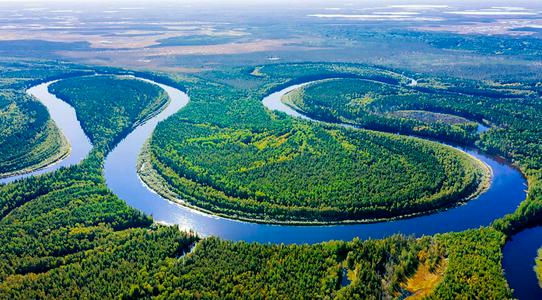 24 November24.11Here’s a New TurnRussian Scientists Revive the Plan to Irrigate Central Asia Using Siberian Rivers
24 November24.11Here’s a New TurnRussian Scientists Revive the Plan to Irrigate Central Asia Using Siberian Rivers -
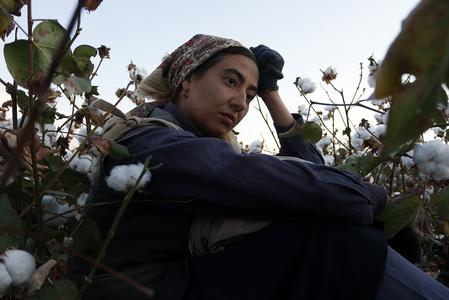 11 November11.11To Live Despite All HardshipUzbek filmmaker Rashid Malikov on his new film, a medieval threat, and the wages of filmmakers
11 November11.11To Live Despite All HardshipUzbek filmmaker Rashid Malikov on his new film, a medieval threat, and the wages of filmmakers -
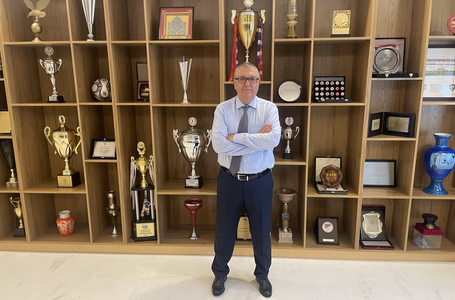 01 November01.11Catching Up with UzbekistanAlisher Aminov on the Problems of Kazakh Football and Plans to Fix Them
01 November01.11Catching Up with UzbekistanAlisher Aminov on the Problems of Kazakh Football and Plans to Fix Them -
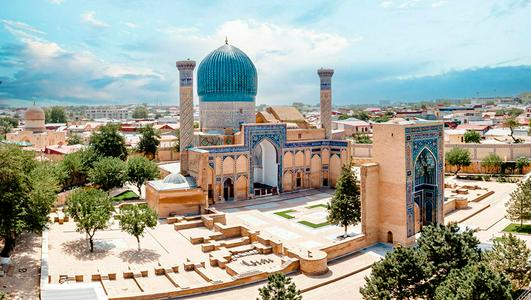 22 October22.10Older Than the Eternal CityWhat has Samarkand accomplished in its three thousand years of existence?
22 October22.10Older Than the Eternal CityWhat has Samarkand accomplished in its three thousand years of existence? -
 16 October16.10Digital Oversight and Targeted RecruitmentRussia Approves New Migration Policy for 2026–2030
16 October16.10Digital Oversight and Targeted RecruitmentRussia Approves New Migration Policy for 2026–2030 -
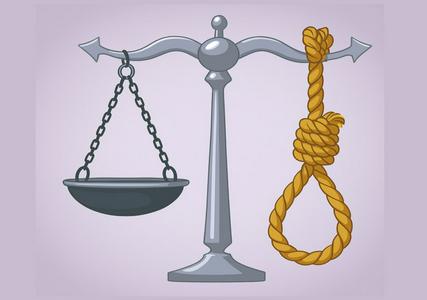 15 October15.10A Step Back into the Middle AgesWhy Kyrgyzstan Should Not Reinstate the Death Penalty
15 October15.10A Step Back into the Middle AgesWhy Kyrgyzstan Should Not Reinstate the Death Penalty
